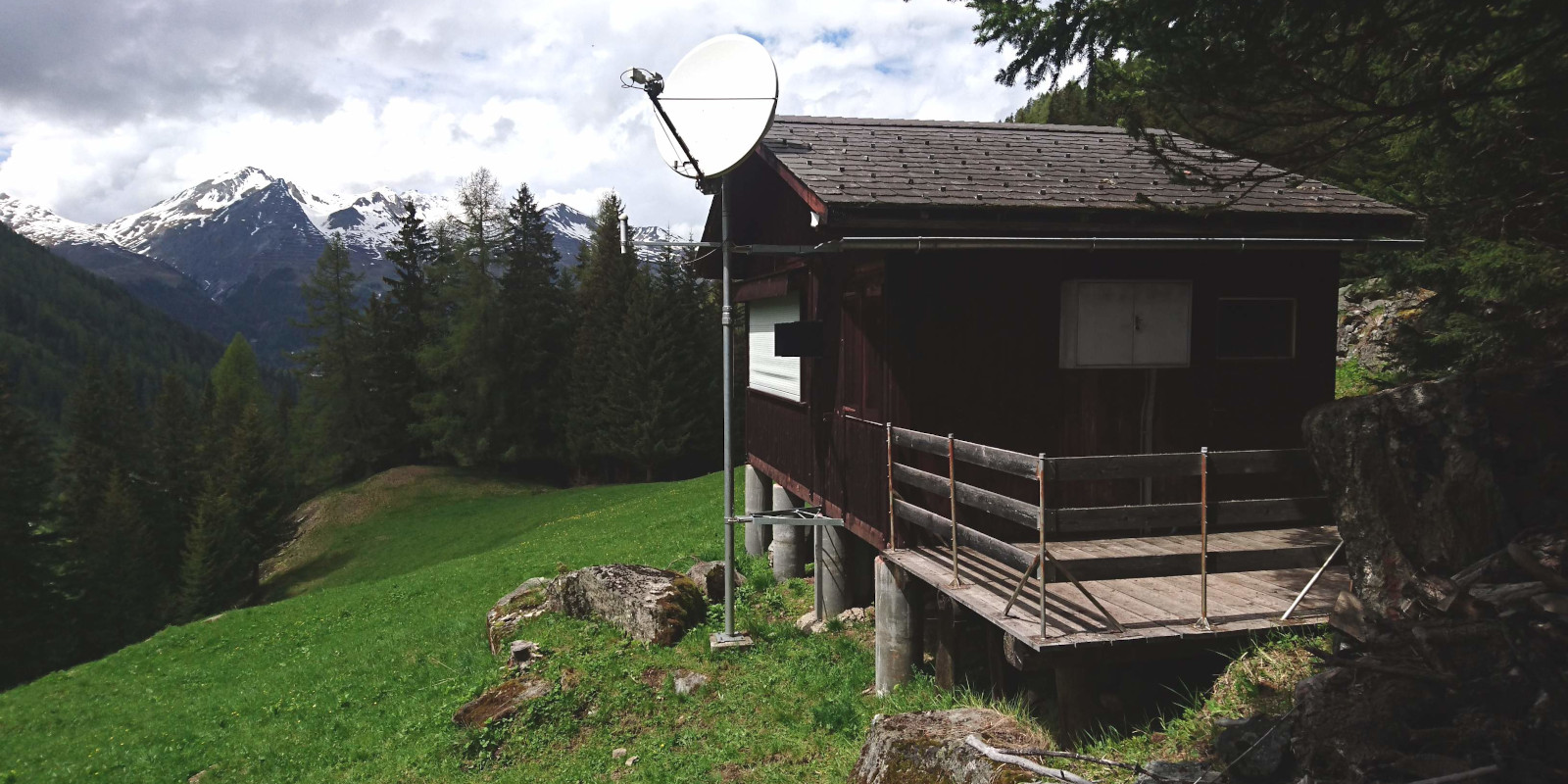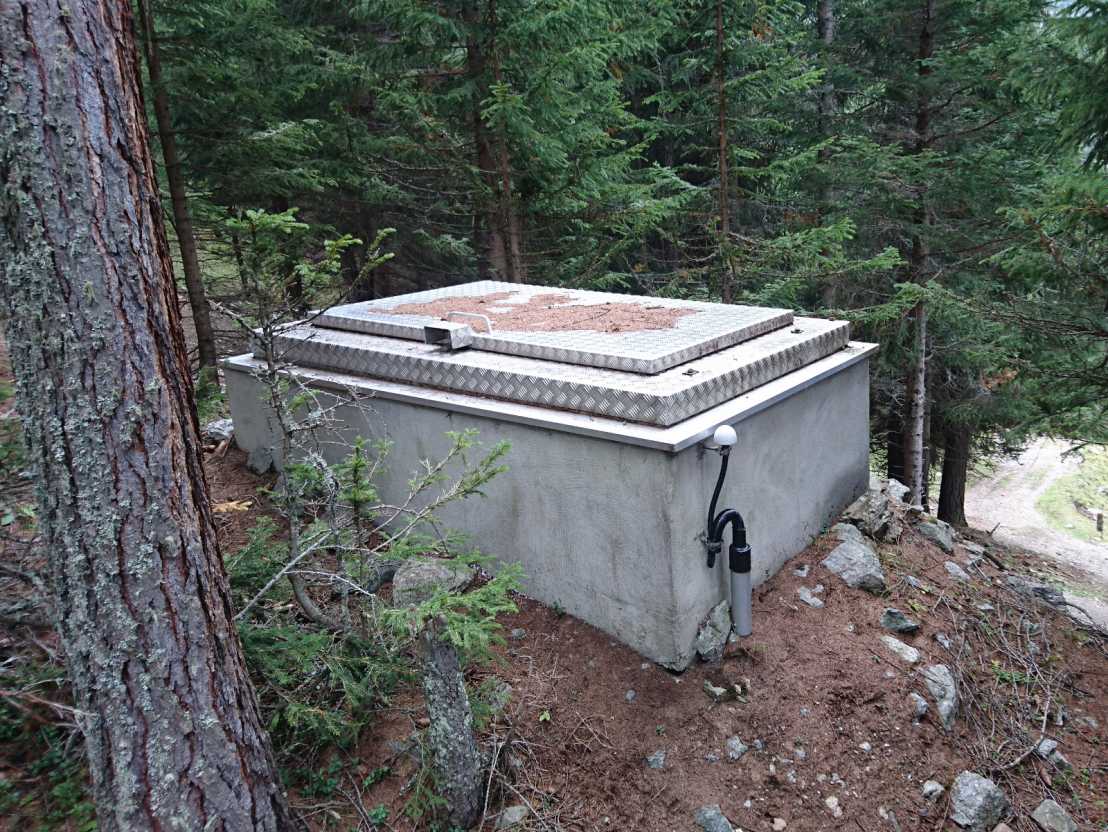Seismology in the service of peace
Twenty years ago, Switzerland ratified the Comprehensive Nuclear-Test-Ban Treaty. This important agreement is based on a sophisticated network that makes it possible to monitor compliance with the treaty.

It was a milestone in international peace efforts: On 24 September 1996 at the United Nations in New York, the first 71 countries signed the Comprehensive Nuclear-Test-Ban Treaty. This committed them to abandoning nuclear test explosions. Switzerland was one of the first signatories. Three years later, or 20 years ago now, the Swiss parliament ratified the Treaty and thereby transposed it into applicable law. To mark this anniversary, Lassina Zerbo, Executive Secretary of the Comprehensive Nuclear-Test-Ban Treaty Organization (CTBTO), is visiting Switzerland. During his stay, he will give a public lecture at ETH entitled “Science Meets Diplomacy and World Security” (see box).
Effective monitoring
Among international disarmament efforts, the Comprehensive Nuclear-Test-Ban Treaty stands as a resounding success. So far nearly 200 states have joined the CTBTO, which monitors compliance with the Treaty from its headquarters in Vienna, and 168 states have already ratified the Treaty. For it to enter into force, it must be ratified by another eight states from the group of 44 so-called Annex 2 states, which all had nuclear reactors in 1996 according to the International Atomic Energy Agency.
Switzerland played a key part in the Treaty’s successful conclusion. Not only did the United Nations in Geneva serve as a hub for the preparatory negotiations, but Swiss scientists played an important role in establishing a reliable monitoring system – a crucial prerequisite for the conclusion of the Treaty. “The conviction that the Treaty could be reliably monitored was crucial to its establishment,” explains Florian Haslinger, head of the Support and Special Projects section of the Swiss Seismological Service (SED) at ETH Zurich.

In the monitoring system, a global network of highly sensitive seismological, hydroacoustic, infrasound and radionuclide monitoring stations are all linked to a common data centre. Since 1997, the CTBTO has been working with member states to set up this system, which must be fully operational by the time the Treaty enters into force, and to ensure its provisional operation. The monitoring network can reliably detect underground, underwater or atmospheric tests. This guarantees that no country can test an atomic weapon without other countries’ knowledge.
Signals from North Korea
One part of this monitoring network is the DAVOX seismic station, which is run by the SED on behalf of the Federal Department of Home Affairs and the Federal Department of Foreign Affairs. The station is installed in a remote and seismically quiet location near Davos. At any suspicion of a Treaty violation, the SED immediately makes the data recorded there available to the CTBTO.
In recent years, the DAVOX station picked up all six of North Korea’s presumed nuclear weapons tests, the most recent of which occurred in 2017. It took about 12 minutes for the signals from explosions in North Korea to reach DAVOX as seismic waves. However, distinguishing a nuclear test from a conventional explosion also requires the other components of the monitoring system, especially the radionuclide stations. In addition to seismic monitoring, the SED actively participates in CTBTO working groups that govern data exchange, technical developments or aspects of quality control.
ETH Global Lecture / Exposition
The ETH Global Lecture entitled “Science Meets Diplomacy and World Security” will be given by H.E. Dr. Lassina Zerbo, Executive Secretary of the Comprehensive Nuclear-Test-Ban Treaty Organization, on Monday, 4 November 2019 at 5.30 p.m.
A small exhibition on the CTBTO and Switzerland’s part in Comprehensive Nuclear-Test-Ban Treaty monitoring is open to visitors in the focusTerra Museum until 7 November.
Comments
No comments yet